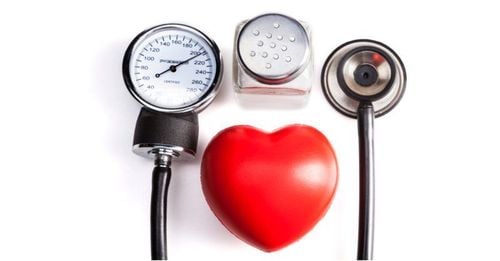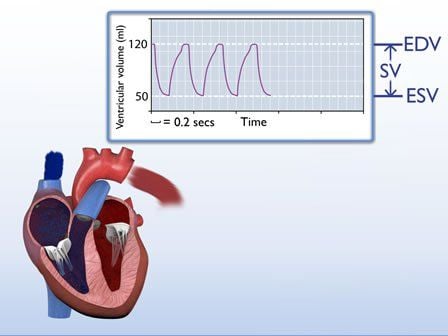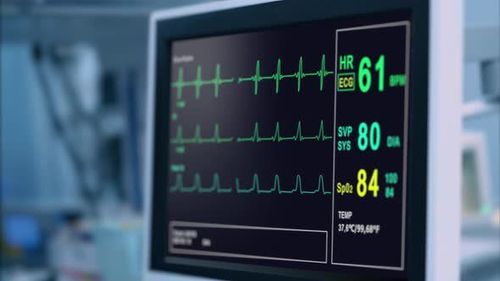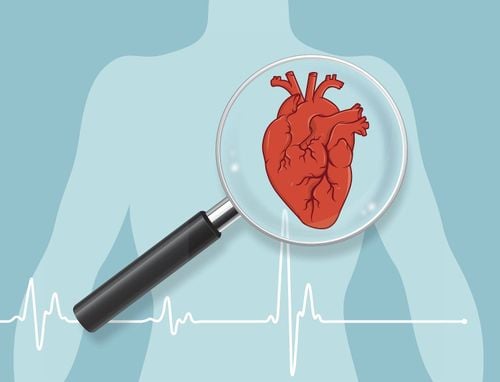This is an automatically translated article.
Atrial flutter is one of the types of arrhythmia manifested by a severe increase in the rate of atrial contractions. Although less common than atrial fibrillation, atrial flutter has similar hemodynamic consequences. Let's learn about the specific treatment of atrial flutter with RF waves with a success rate of up to 90%.
1. So what is atrial flutter?
Normally, our heart rate is controlled by the sinus node, which plays the role of rhythm master. It is located in the right atrium. It sends electrical signals to both the right and left atria. These signals tell how and when the heart contracts. Our normal sinus rhythm is around 60-100 beats/min, and the atrial and ventricular contraction rates are equal.
Atrial flutter occurs when a large re-entry cycle takes place in the electrical cycle of the heart, which triggers repeated electrical currents to activate the atria (depolarization) at a rate of contraction of up to about 250 up to 350 beats per minute; Note that the atrial rate in atrial fibrillation is 400 to 600 beats/min.
Some causes of atrial flutter include:
Coronary heart disease: the main cause of atrial flutter. Atherosclerotic plaque interferes with the blood supply to the heart, can damage the heart muscle and create conduction disturbances. Cardiac surgery: during surgery can leave scars on the heart muscle, causing disturbances in electrical signals.

Cuồng nhĩ là một loại rối loạn nhịp tim biểu hiện bởi sự gia tăng nghiêm trọng tần số co bóp tâm nhĩ
2. Symptoms and diagnosis of atrial flutter
Manifestations of atrial flutter are varied, sometimes asymptomatic or very vague. If symptoms appear, it can last for days or even weeks. Some common symptoms include:
Diagnosis by electrocardiogram (ECG) with characteristic "saw wave" image. Atrial stalk waves may be more prominent during carotid sinus massage.
3. Treatment of atrial flutter
Your doctor's main goal is to restore your heart rate to normal. Treatment depends on the severity of your condition. Other potential health problems can also affect the treatment of atrial flutter:
+ Medical: apply some drugs to slow the heart rate (The drug classes of choice are Ca channel blockers, Beta blockers and Digoxin). and anticoagulants (warfarin).
+ Surgery: destroy abnormal heart tissue or put a pacemaker.
+New method: radiofrequency ablation of atrial flutter, the goal is to block the re-entry current into the heart chambers.
Indications and contraindications for atrial flutter ablation only Peak: cases of symptomatic atrial tachycardia, atrial fibrillation, paroxysmal atrial flutter, refractory to or intolerant to at least 1 antipsychotic rhythm group I or group III. Contraindications: acute myocardial infarction, acute myocarditis, disorders of coagulation dysfunction, sepsis.
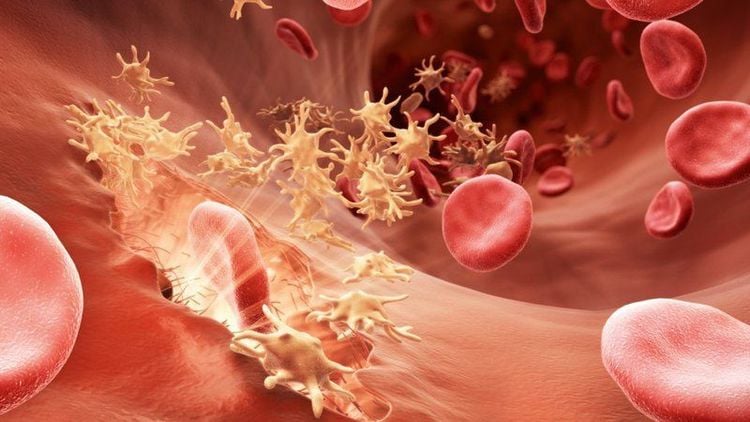
Chống chỉ định thực hiện cắt đốt cuồng nhĩ đối với bệnh nhân bị rối loạn chức năng đông máu
Steps to conduct: Examination of the patient: the patient needs to be examined carefully and fully explained about the indications and contraindications of the procedure, perform all tests, clean and sign the commitment. Technical performance: the procedure is conducted by at least 2 cardiologists at the facility with the interventional cardiology department. The procedure begins with catheterization through an intravenous line: the femoral vein, the subclavian vein, and the jugular vein can be selected. Insert the electrodes from the RF generator through the veins into the heart: right atrium or right ventricle. Initiate atrial and ventricular stimulation according to the protocol and record electrical activity parameters for the purpose of detecting the source of episodes of atrial tachycardia or flutter. Identify the exact site of the tachycardia or atrial flutter. Ablation using radio frequency energy at the location of the tachycardia generator. Sterile hemostatic dressings at the venous site. The patient was transferred to the cardiac resuscitation room for continuous vital signs monitoring for 24 h after the procedure and cardiac electrophysiological testing. Monitoring of complications: Although atrial flutter ablation is a method with a very high success rate, it contains many serious complications: Air embolism: need to provide O2, adequate fluid and pacing when indicated. Cardiac tamponade, cardiac perforation: pericardial puncture or emergency surgical drainage. Procedure-induced atrial flutter: cardioversion should be performed, antiarrhythmic drugs then repeated ablation. Acute myocardial infarction: urgently treat reperfusion according to the regimen Pericarditis: appoint non-steroidal anti-inflammatory analgesics, Colchicine. Left atrial-esophageal fistula: for patients with computed tomography or magnetic resonance imaging to locate before laparoscopic surgery. We need regular screening and testing to be able to detect atrial flutter early even in the asymptomatic stage. With the method of atrial flutter ablation, although the cure rate is high, the complications brought about by the procedure are extremely dangerous. The most important thing we need to do is change our lifestyle, maintain a healthy diet, exercise, especially exercise that is good for the heart.
Right from the beginning of operation, the Cardiovascular Center at Vinmec has built and developed with the orientation to become the leading Cardiovascular Center in Vietnam and the region. To realize this goal, Vinmec has equipped with the most advanced machinery system such as: CT 640 (Toshiba), MRI 3 Tesla machine (Siemens), high-end endoscopic equipment EVIS EXERA III (Olympus). Japan), Hybrid operating room according to international standards, Avace advanced anesthesia system,..
Please dial HOTLINE for more information or register for an appointment HERE. Download MyVinmec app to make appointments faster and to manage your bookings easily.




